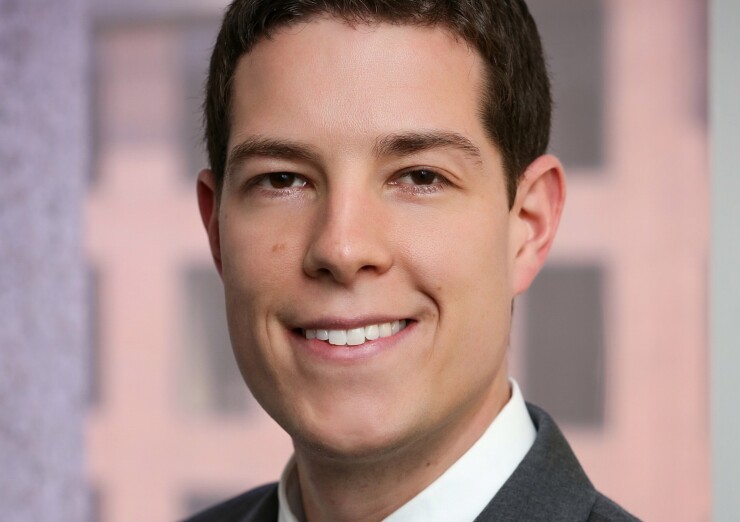States that cut taxes now in budget crunch


Almost every state has cut taxes over the past few years, but as the economy returns to normal, budget shortfalls are starting to emerge.
“The past few years have been dominated by tax cuts,” said Richard Auxier, a principal policy associate in the Urban-Brookings Tax Policy Center. “From 2021 to 2023, 48 out of 50 states cut taxes.”
“This is how we are now getting tax increases back on the table as part of the state fiscal conversation.” The comments came during a webinar on Tuesday produced by the Brookings Institution.
Brookings
A combination of federal stimulus dollars, the resulting economic boom, and increased tax revenue flowing into the states turned into fat budget surpluses and eventually tax cuts. The cuts arrived in the form of one-time reductions, property tax caps, expanded exemptions, and constitutionally mandated rebates to taxpayers.
Some state budget watchers are concerned about the resulting funding shortages and the amount of political capital needed to raise taxes to cover the deficits.
“At that moment, it is not a question of your future or your policy goals,” said Auxier. “It’s can we get back to our head above water?”
Earlier this year Gov. Jim Pillen of Nebraska promised taxpayers a 50% cut in property taxes, which according to data from the Center on Budget and Policy Priorities would have resulted in a $1.85 billion shortage.
In August, the governor settled with lawmakers on a 20% reduction, along with budget cuts, cash transfers, increased fees, and tapping the state’s reserve fund to cover the shortage.
According to CBPP, Arizona faces a $1.6 billion deficit through fiscal year 2025. In May, Kentucky abandoned a plan to eliminate its state income tax.
“One of the distinguishing factors of our work is that states and localities have to balance their budgets, unlike the federal government,” said Wesley Tharpe, senior advisor for state tax policy at CBPP. “State policymakers have to make those really hard choices.”
The Biden administration has proposed a 25% income tax on individuals making more than $100 million while noting that their income usually doesn’t show up as wages. The idea of taxing the rich is also playing well in several states including Massachusetts.
“Their voters in 2022 approved a new tax on incomes above a million dollars that’s expected to potentially raise at least about $2 billion a year specifically for public education and transportation,” said Tharpe.
Tharpe also cited a Washington state excise tax enacted in 2021 on the sale of stocks and investments, including bonds, that’s being paid by the wealthiest .02% of taxpayers in the state. The “capital gains tax,” is directing at least a half billion dollars a year in revenue into state coffers.
Repealing the tax is on this year’s November ballot, with Democrat Gov. Jay Inslee voicing support for keeping it in place.
The results of the coming election will also determine the fate of Tax Cuts and Jobs Act at the federal level which could spill down onto the state’s revenue streams.
The future of the cap on the state and local tax deduction, could play a role but some tax experts believe the issue is getting too much attention.
“I think the SALT cap is the most overhyped, over discussed thing in the world,” said Auxier.
“There is so many other things going on that it’s important that we contextualize all the trends that are going to affect taxpayers and governments.”
Tax manipulation, budget battles, and the ongoing threat of a government shutdown which could halt the flow of federal funds to the states all influence state credit ratings. So far, no alarm bells are ringing.
“States returned to more typical budgeting practices in fiscal 2025, with modest revenue growth expectations and a need to address some expenditure pressure,” said Karen Krop, Senior Director, Fitch Ratings.
“The end result is still robust operating reserves, with some states dipping into accumulated balances for one-time spending and a few states tapping rainy day funds to help with budget balancing.”
